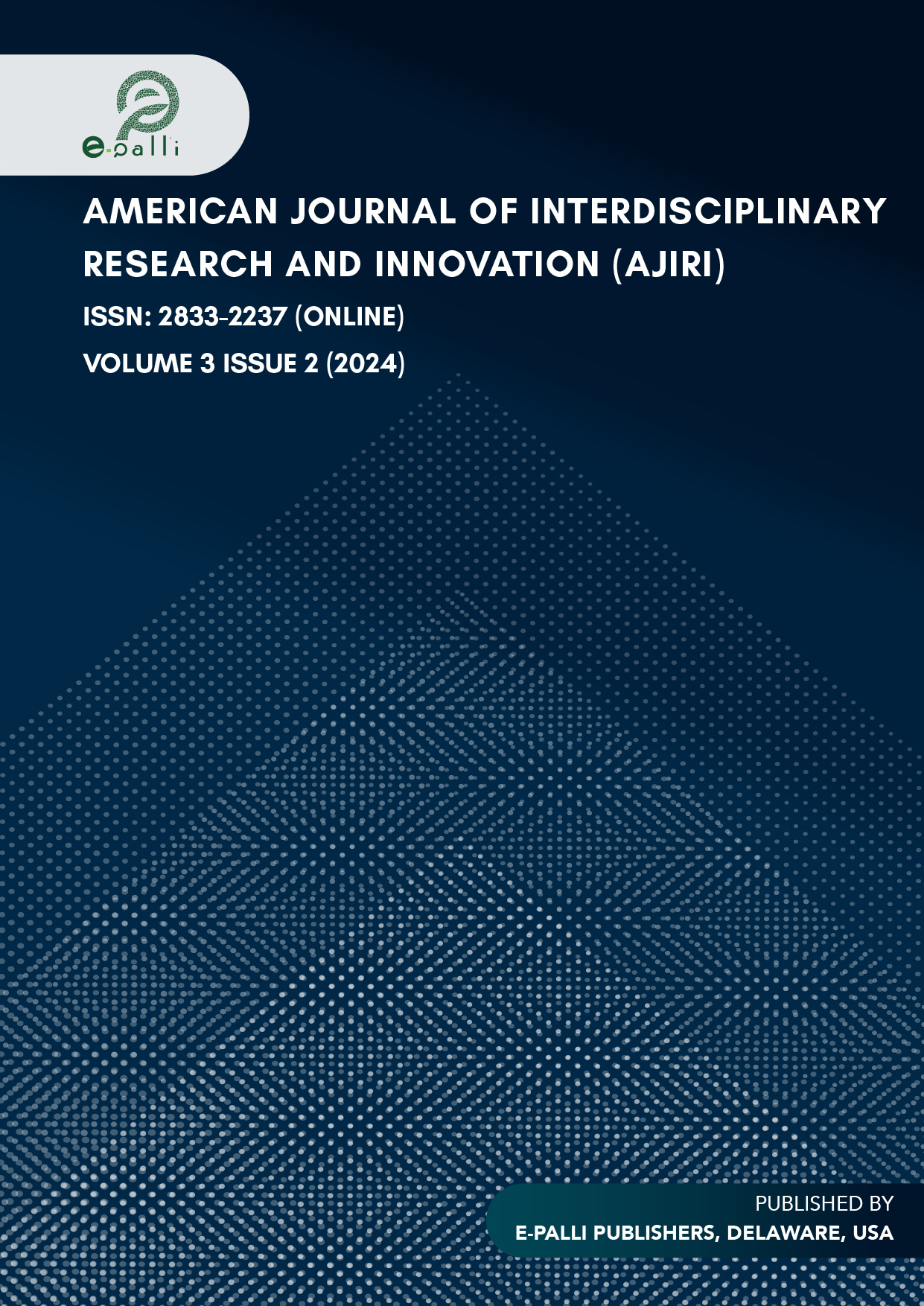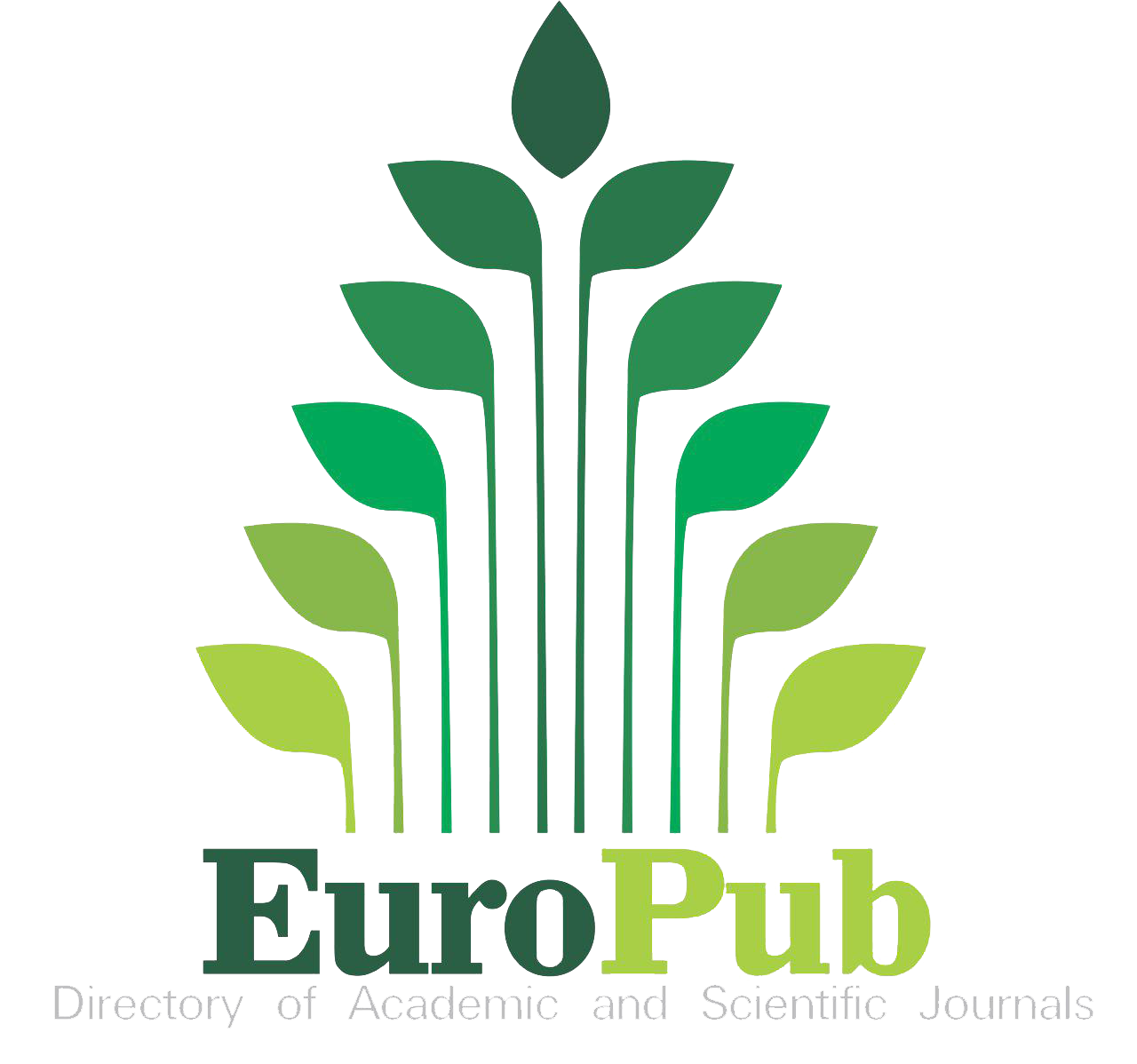Management of Persistent Postnasal Drip Without Sinus Affection
DOI:
https://doi.org/10.54536/ajiri.v3i2.2553Keywords:
Persistent Postnasal Drip (PPND), Macrolides, Chronic Airway Diseases, Azithromycin, Quality of LifeAbstract
Persistent postnasal drip (PPND), characterized by chronic mucus sensation in the throat without evident sinus involvement, poses challenges in otolaryngology. This study aimed to evaluate low dose, long duration Clarithromycin’s efficacy in managing PPND symptoms, addressing the limitations of existing therapies. A prospective, randomized, controlled trial was conducted with 50 participants (18-65 years) diagnosed with PPND but without sinus pathology (proved by sinus clear CT Paranasal sinus scans). They received either Clarithromycin (250 mg daily) or a placebo for 12 weeks. Validated assessment tools, such as the nasal symptom score (NSS), visual analog scale (VAS), and Sino-nasal outcome test-22 (SNOT-22), measured treatment outcomes. Current therapies addressing associated symptoms exhibit limited efficacy, prompting the need for novel treatment strategies. The study revealed a significant improvement in PPND symptoms with low-dose, long-duration Clarithromycin treatment. Participants exhibited reduced throat-clearing frequency, cough episodes, and subjective mucus sensation. Objective assessments showed enhanced nasal pathology and mucociliary clearance post-treatment. Low-dose, long-duration Clarithromycin treatment demonstrated promising efficacy in ameliorating PPND symptoms and improving quality of life without sinus involvement. These findings emphasize the potential therapeutic role of macrolides in addressing PPND’s underlying pathophysiology. Further research, including larger trials, is essential to validate these outcomes and establish effective clinical guidelines for managing PPND.
Downloads
References
Bandyopadhyay, S., & Samanta, I. (2020). Antimicrobial resistance in agri-food chain and companion animals as a re-emerging menace in post-COVID epoch: low-and middle-income countries perspective and mitigation strategies. Frontiers in Veterinary Science, 7, 620.
Berkhof, F. F., Hertog, N. E. D. T., Uil, S. M., Kerstjens, H. A., & van den Berg, J. W. (2013). Azithromycin and cough-specific health status in patients with chronic obstructive pulmonary disease and chronic cough: a randomised controlled trial. Respiratory research, 14, 1-8.
Bliss, M., & Muntz, H. (2015). Nasal endoscopy: new tools and technology for accurate assessment. Surgery for Pediatric Velopharyngeal Insufficiency, 76, 18-26.
Casale, T. B., & Stokes, J. R. (2008). Immunomodulators for allergic respiratory disorders. Journal of allergy and clinical immunology, 121(2), 288-296.
Kanoh, S., & Rubin, B. K. (2010). Mechanisms of action and clinical application of macrolides as immunomodulatory medications. Clinical microbiology reviews, 23(3), 590-615.
Kricker, J. A., Page, C. P., Gardarsson, F. R., Baldursson, O., Gudjonsson, T., & Parnham, M. J. (2021). Nonantimicrobial actions of macrolides: overview and perspectives for future development. Pharmacological Reviews, 73(4), 1404-1433.
Liu, M. Y., Gardner, J. R., Woodworth, B. A., Jang, D. W., Kanaan, A., Radabaugh, J. P., ... & Chen, P. G. (2023). Individual SNOT-22 items aid in differentiating between spontaneous cerebrospinal fluid rhinorrhea and chronic rhinosinusitis without nasal polyps. Annals of Otology, Rhinology & Laryngology, 132(6), 698-704.
Majima, Y. (2004). Clinical implications of the immunomodulatory effects of macrolides on sinusitis. The American Journal of Medicine Supplements, 117(9), 20-25.
Min, J. Y., & Jang, Y. J. (2012). Macrolide therapy in respiratory viral infections. Mediators of inflammation, 2012.
Morice, A. H. (2004). Post-nasal drip syndrome—a symptom to be sniffed at?. Pulmonary pharmacology & therapeutics, 17(6), 343-345.
Pollock, J., & Chalmers, J. D. (2021). The immunomodulatory effects of macrolide antibiotics in respiratory disease. Pulmonary Pharmacology & Therapeutics, 71, 102095.
Pratter, M. R. (2006). Chronic upper airway cough syndrome secondary to rhinosinus diseases (previously referred to as postnasal drip syndrome): ACCP evidence-based clinical practice guidelines. Chest, 129(1), 63S-71S.
Qamar, N., Pappalardo, A. A., Arora, V. M., & Press, V. G. (2011). Patient-centered care and its effect on outcomes in the treatment of asthma. Patient related outcome measures, 81-109.
Richards, N., Tiedeken, S. D., & Chang, C. C. (2014). Medical Management of Acute Rhinosinusitis in Children and Adults. Diseases of the Sinuses: A Comprehensive Textbook of Diagnosis and Treatment, 359-371.
Rosenfeld, R. M., Piccirillo, J. F., Chandrasekhar, S. S., Brook, I., Ashok Kumar, K., Kramper, M., ... & Corrigan, M. D. (2015). Clinical practice guideline (update): adult sinusitis. Otolaryngology–Head and Neck Surgery, 152(2_suppl), S1-S39.
Rouillard, K. R., Kissner, W. J., Markovetz, M. R., & Hill, D. B. (2022). Effects of mucin and DNA concentrations in airway mucus on Pseudomonas aeruginosa biofilm recalcitrance. Msphere, 7(4), e00291-22.
Ryu, G., Lee, E., Park, S. I., Park, M., Hong, S. D., Jung, Y. G., & Kim, H. Y. (2023). The mechanism of action and clinical efficacy of low-dose long-term macrolide therapy in chronic rhinosinusitis. International Journal of Molecular Sciences, 24(11), 9489.
Ryan, M. W. (2010). Evaluation and Management of the Patient with “Sinus”. Medical Clinics, 94(5), 881-890.
Sun, J., & Li, Y. (2022). Long-term, low-dose macrolide antibiotic treatment in pediatric chronic airway diseases. Pediatric research, 91(5), 1036-1042.
Tan, B. K., Chandra, R. K., Pollak, J., Kato, A., Conley, D. B., Peters, A. T., ... & Schwartz, B. S. (2013). Incidence and associated premorbid diagnoses of patients with chronic rhinosinusitis. Journal of allergy and clinical immunology, 131(5), 1350-1360.
Tomazic, P. V., Darnhofer, B., & Birner-Gruenberger, R. (2020). Nasal mucus proteome and its involvement in allergic rhinitis. Expert review of proteomics, 17(3), 191-199.
Vaezeafshar, R., Psaltis, A. J., Rao, V. K., Zarabanda, D., Patel, Z. M., & Nayak, J. V. (2017). Barosinusitis: Comprehensive review and proposed new classification system. Allergy & Rhinology, 8(3), ar-2017.
Zarbo, R. J., Torres, F. X., Gomez, J. O. S. E., & Pilch, B. Z. (2001). Nasal cavity and paranasal sinuses: embryology, anatomy, histology and pathology. Head Neck Surgical Pathology. Philadelphia: Lippincott, Williams and Wilkins, 80-156.
Downloads
Published
How to Cite
Issue
Section
License
Copyright (c) 2024 Mohamed El-Shinnawi, Peter Loizou, Carmelo Barbaccia, Aditya Girishchandra Varma

This work is licensed under a Creative Commons Attribution 4.0 International License.







